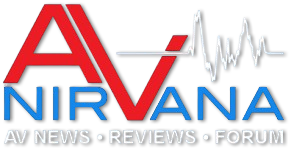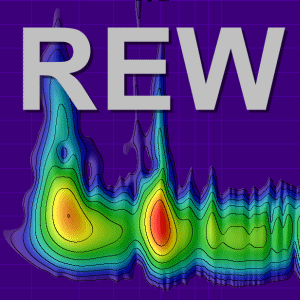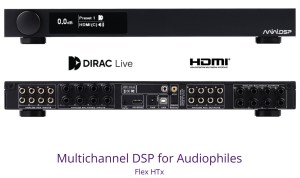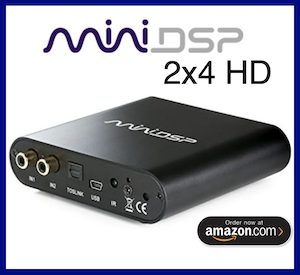robbnj
Member
Thread Starter
- Joined
- Oct 24, 2022
- Posts
- 31
More
- Preamp, Processor or Receiver
- Denon
- Main Amp
- B&O icePower
- DAC
- Denon
- Computer Audio
- JRiver
Hello all.
I'm tinkering around with a programmable DSP from Parts Express (the DSPB-K). I'm not at the point of being able to dump an EQ curve from REW onto it (yet), but I have been able to create a graphic EQ setup to at least learn how it works, the quirks, etc.
I can create a fairly complex graphic EQ, with as many "sliders" as a I choose, each one at whatever center frequency and Q that I choose,
For testing, I did a sweep of one of my office speakers, and tried to create an adjustment curve. I chose the generic/generic output, with 12 bands, and got this result:

Am I correct in assuming the lowest field in each set of three is to represent the Q for each frequency I am going to center my "sliders" at?
One issue that I can already see is that there are multiple corrections that are very close in frequency, but almost the opposite in settings. Thinking maybe I should disable the "allow narrow filters below 200Hz" option (?).
Unfortunately, I can't run a white noise tone and adjust on the fly until I get things "right", so I'm trying to get my best approximations from REW. I then plug them in to the schematic, which then gets dumped on the DSP module.
Yes, I could buy a MINIDSP, but I thrive on hands-on stuff like this.
The simple beginnings of my basic equalizer module:

I'm tinkering around with a programmable DSP from Parts Express (the DSPB-K). I'm not at the point of being able to dump an EQ curve from REW onto it (yet), but I have been able to create a graphic EQ setup to at least learn how it works, the quirks, etc.
I can create a fairly complex graphic EQ, with as many "sliders" as a I choose, each one at whatever center frequency and Q that I choose,
For testing, I did a sweep of one of my office speakers, and tried to create an adjustment curve. I chose the generic/generic output, with 12 bands, and got this result:
Am I correct in assuming the lowest field in each set of three is to represent the Q for each frequency I am going to center my "sliders" at?
One issue that I can already see is that there are multiple corrections that are very close in frequency, but almost the opposite in settings. Thinking maybe I should disable the "allow narrow filters below 200Hz" option (?).
Unfortunately, I can't run a white noise tone and adjust on the fly until I get things "right", so I'm trying to get my best approximations from REW. I then plug them in to the schematic, which then gets dumped on the DSP module.
Yes, I could buy a MINIDSP, but I thrive on hands-on stuff like this.
The simple beginnings of my basic equalizer module:












